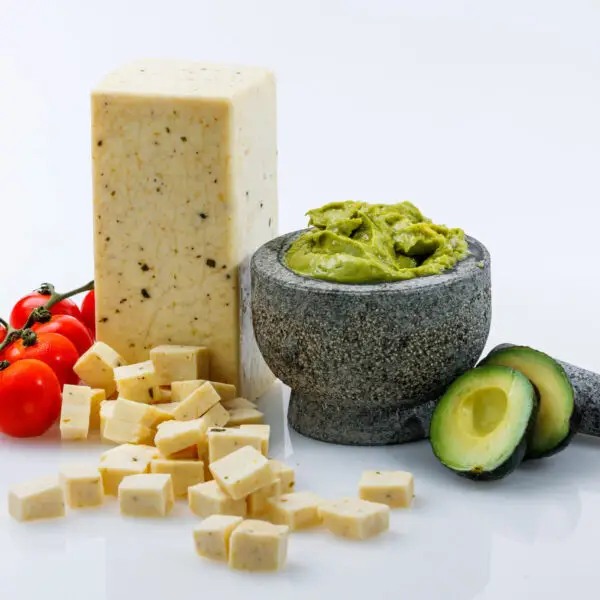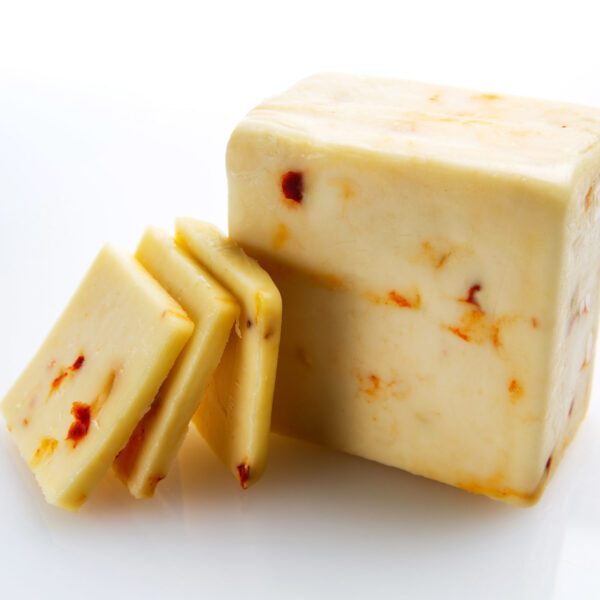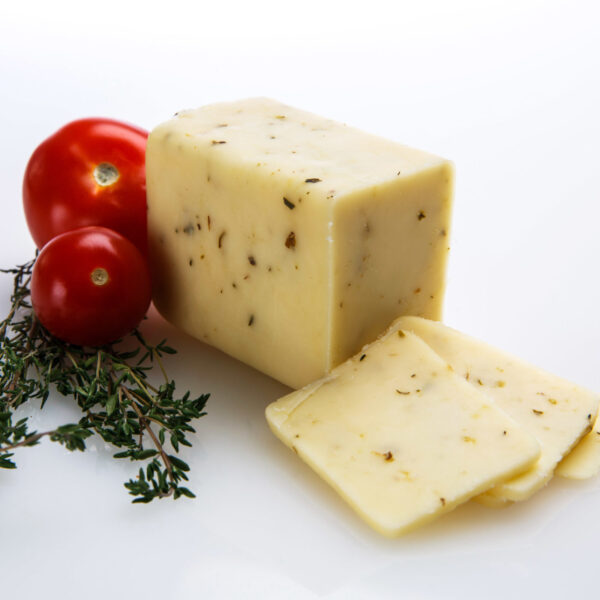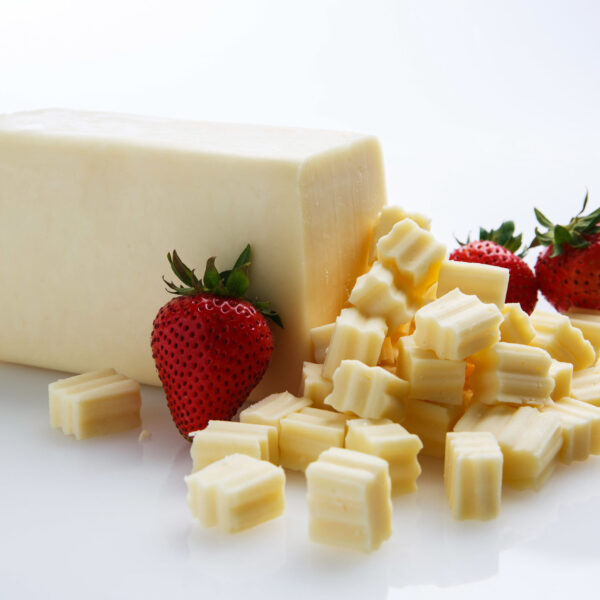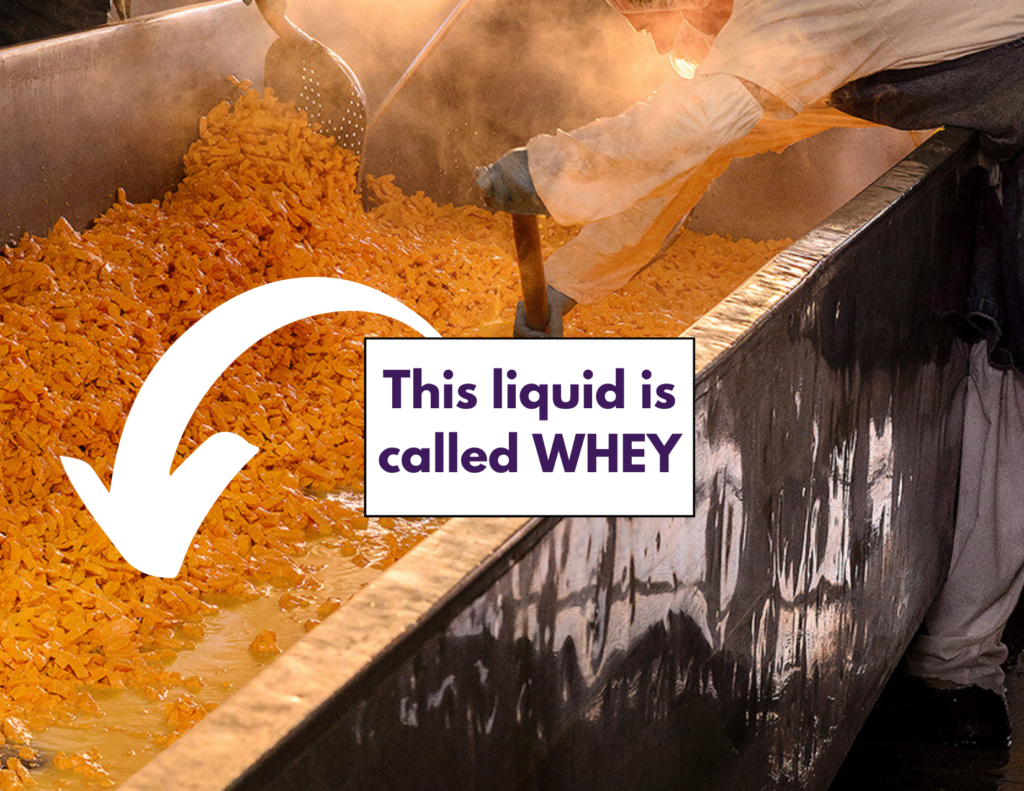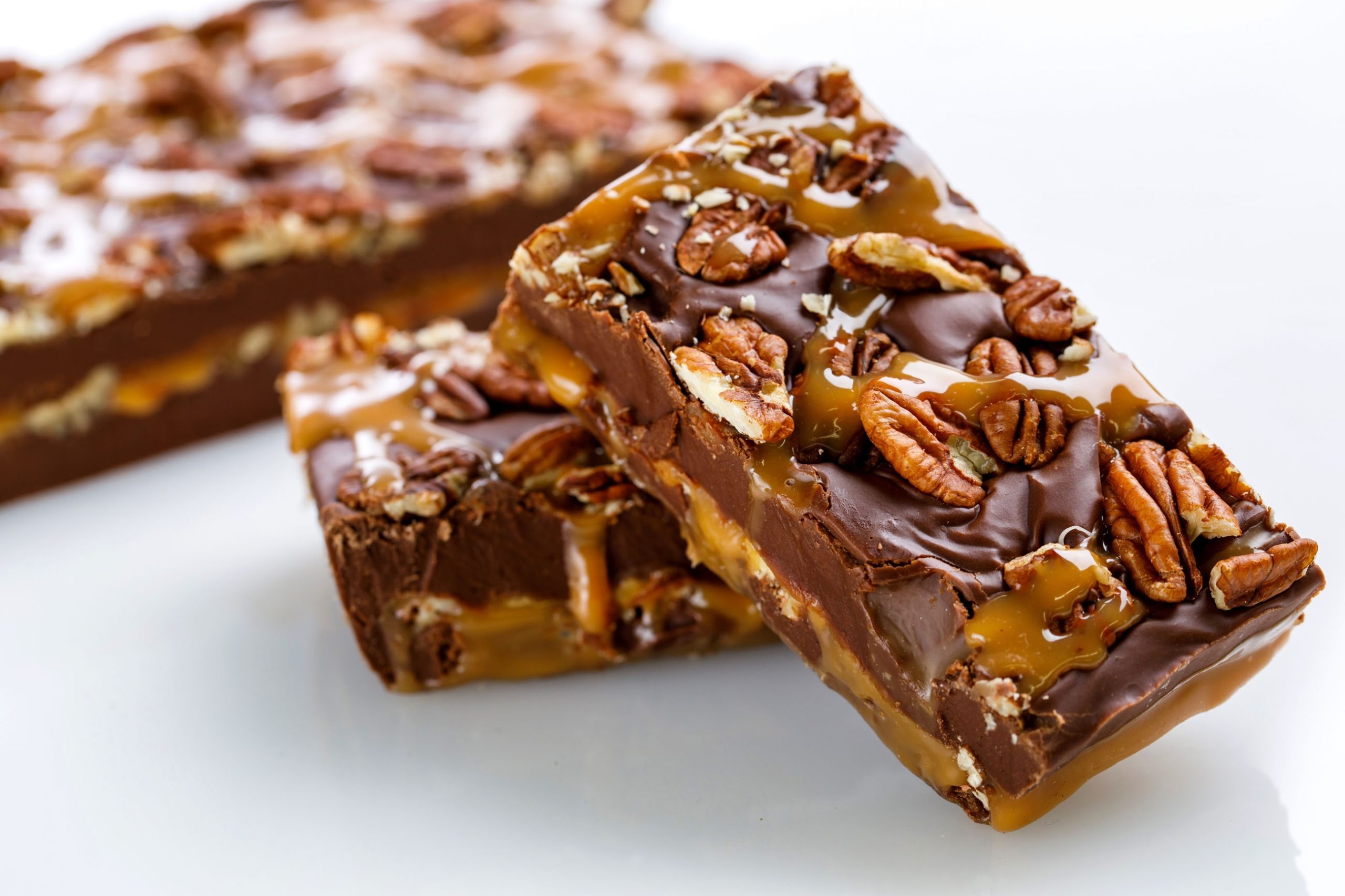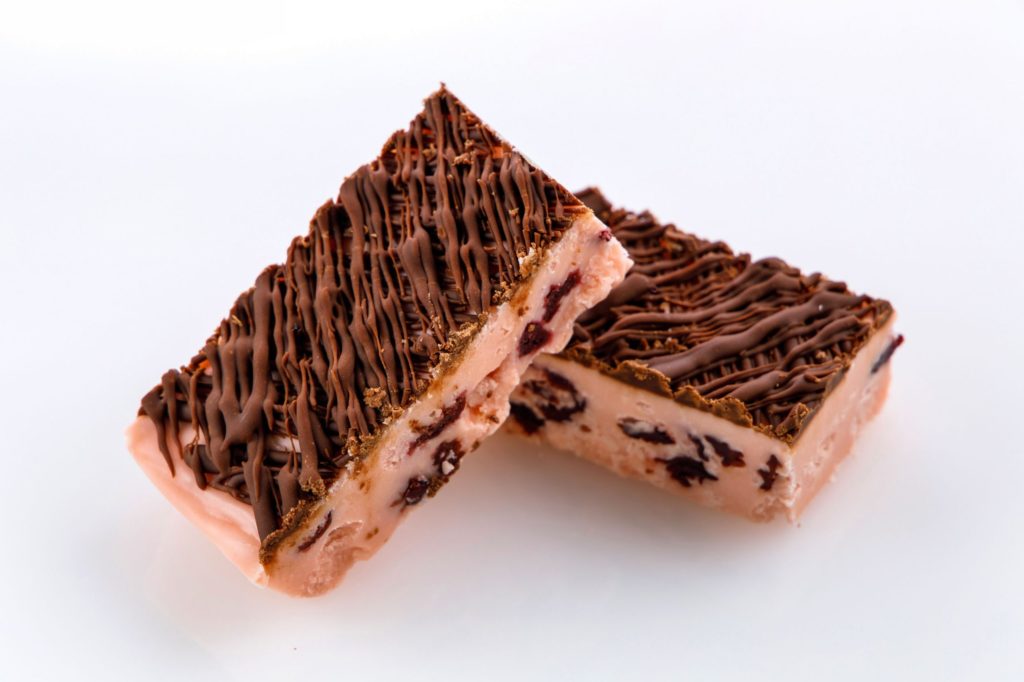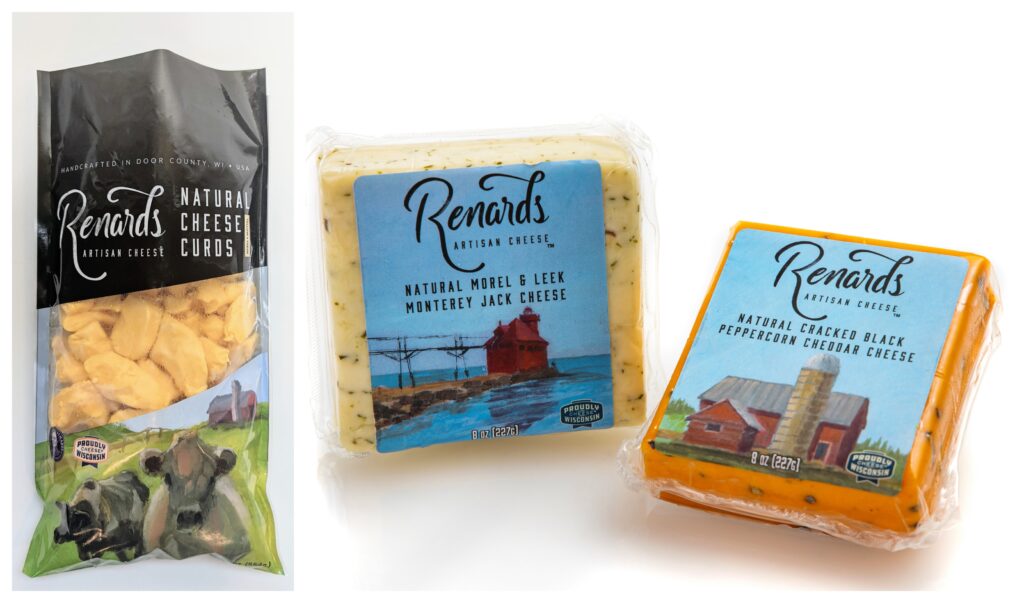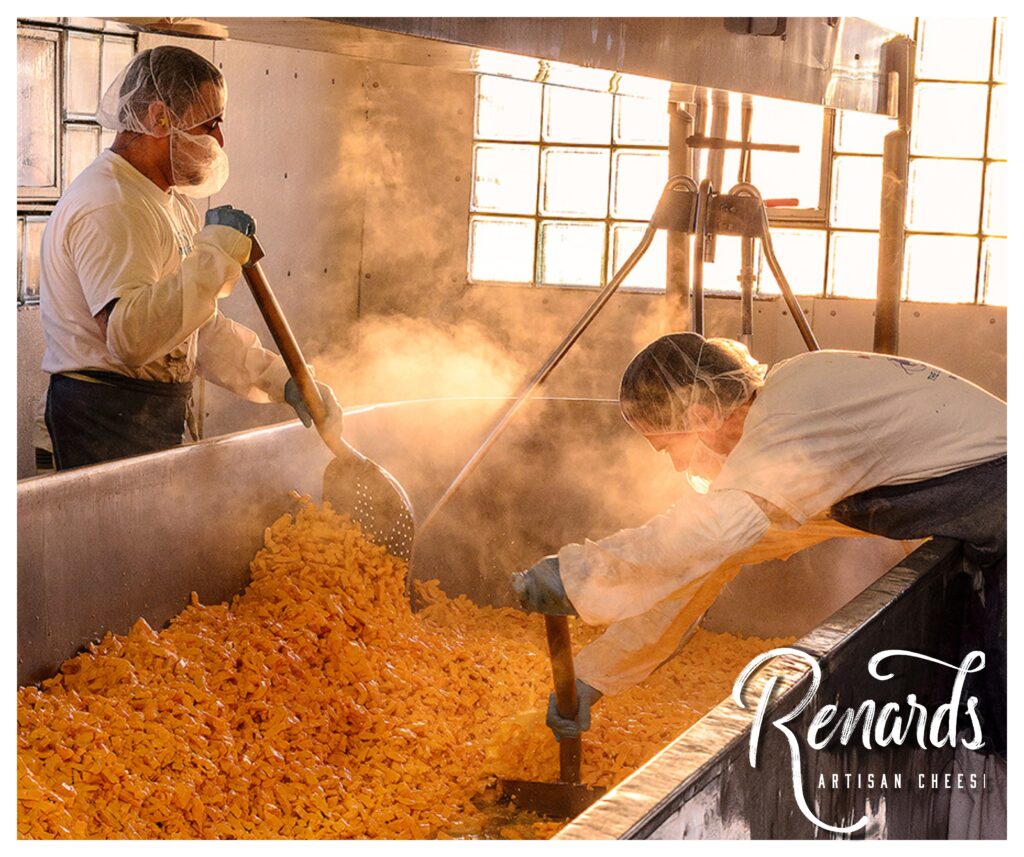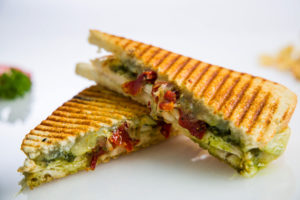Renard’s Artisan Cheese: Celebrate Success at ACS

In the heart of America’s Dairyland, Wisconsin cheese stands as a pillar of excellence and tradition, with Renard’s Cheese taking a prominent place at the table. Our journey from a modest local cheese factory to receiving national acclaim at the American Cheese Society (ACS) competitions is a testament to our commitment to quality, craftsmanship, and the art of cheesemaking. The ACS, a leading authority in the cheese world, sets the standard for artisan cheese, making their awards some of the most coveted in the industry. Our participation and success in these competitions underscore not just the superior quality of Wisconsin cheese, but also the dedication of our Master Cheesemaker, Chris Renard, and his team of cheesemakers. With a rich history of awards, including notable recognitions for our bandaged style cheddar and farmers with pesto varieties, our story is one of passion, perseverance, and, of course, delicious cheese.
Renard's Cheese: From Humble Beginning to National Acclaim

At Renard’s Cheese, our story is deeply rooted in Wisconsin’s rich cheesemaking heritage, evolving from a small, family-run operation to a nationally recognized cheese producer. Our journey began with a simple passion for quality and a deep respect for traditional cheesemaking techniques. This dedication has been the cornerstone of our growth and success.
Company Overview
We, at Renard’s Cheese, pride ourselves on combining time-honored methods with innovative techniques to create exceptional cheese varieties. Our Master Cheesemaker, Chris Renard, has been pivotal in steering our team through the nuances of artisan cheesemaking. Under his leadership, we’ve not only perfected our craft but also introduced unique flavors that resonate with cheese lovers across the country.
Milestones Achieved

Over the years, our commitment to excellence has been recognized at numerous prestigious competitions. Notably, our achievements at the American Cheese Society (ACS) competitions highlight our excellence in the field. Here are some of our notable accolades:
- 2008: Our String Cheese secured 2nd and 3rd place at the WI State Fair Cheese & Butter Contest.
- 2008: We achieved Best of Class and 2nd Place for our “Bandaged Style Cheddar Mild to Medium” at the World Championship Cheese Contest.
- 2017 and 2022: Our Farmers with Pesto won 1st Place at the ACS Cheese Competition, showcasing our innovative approach to flavor.
- 2019 and 2022: Our Whip String Cheese and Old Fashioned Hoop Cheddar were recognized at both the ACS Cheese Competition and the World Championship Cheese Contest, further cementing our reputation in the cheesemaking community.
Our journey from humble beginnings to national acclaim is a testament to our unwavering commitment to quality and innovation in cheesemaking. We continue to cherish our roots while embracing new challenges and opportunities in the evolving world of artisan cheese.
Understanding the ACS Awards
The American Cheese Society (ACS) plays a pivotal role in promoting excellence within the cheese industry through its annual Judging & Competition. This event, established to spotlight American cheesemakers, assesses cheeses and cultured dairy products based on stringent criteria that emphasize both technical prowess and esthetic appeal.
Purpose and History of ACS
Judging and Scoring Process
Founded in 1983, ACS has been instrumental in advancing the cheese industry by providing educational resources, networking opportunities, and setting high standards for cheesemaking practices. The ACS awards, including the Lifetime Achievement Award and the Above and Beyond Award, recognize individuals who have significantly contributed to the industry through innovation, leadership, and volunteer service. These awards are presented at the annual ACS Conference, celebrating those who have dedicated their careers to enhancing the quality and character of American cheeses.
During the ACS Judging & Competition, entries are evaluated by a duo of judges—one focusing on technical aspects and the other on esthetic qualities. Each cheese starts with a perfect score, with technical judges deducting points for any flaws, while esthetic judges award points for exceptional characteristics. This balanced scoring system ensures that cheeses are not only technically sound but also possess distinctive flavors and appearances that appeal to consumers. The competition culminates in the announcement of winners at the ACS Annual Conference, where the achievements of top-scoring cheesemakers are celebrated.
Renard's Success at the 2024 ACS Competition

At the 2024 American Cheese Society (ACS) competition, we at Renard’s Cheese were honored to receive accolades that further solidify our commitment to artisan cheesemaking. Our Cheese Curds, crafted with meticulous care by our team led by Master Cheesemaker Chris Renard, were recognized for their exceptional quality.
Awards Received
This year, our achievements included prestigious awards for our Cheese Curds category and our Farmers Cheese with Pesto.. These accolades are a testament to the skill and dedication of our cheesemaking team, who blend traditional techniques with innovative approaches to create cheeses that not only taste exquisite but also embody the rich cheesemaking heritage of Wisconsin.
The recognition at the ACS competition highlights our ongoing commitment to excellence and innovation in cheesemaking. Each award serves as a benchmark for our success and motivates us to continue enhancing our cheesemaking practices. It’s not just about winning; it’s about the affirmation of our dedication to producing top-quality artisan cheeses that represent the best of Wisconsin’s cheesemaking traditions.
Reflecting on our storied history of awards ranging from the 2008 World Championship Cheese Contest to the recent honors at the ACS Cheese Competition, it’s clear that these moments are not just milestones but a testament to our passion, craft, and the rich cheese-making heritage of Wisconsin.
As we cherish these accomplishments, we remain focused on advancing our craft, exploring innovative flavors, and maintaining the tradition that sets Wisconsin cheese apart. Our journey, marked by persistence, skill, and creativity, firmly establishes Renard’s Cheese as a beacon of quality in the American cheese landscape.
-
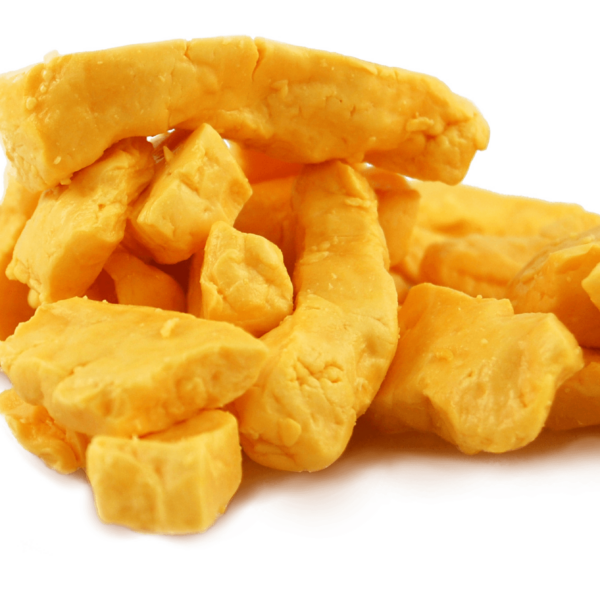
Cheese Curds – Flavored
$5.99 – $10.99 Select options This product has multiple variants. The options may be chosen on the product page -
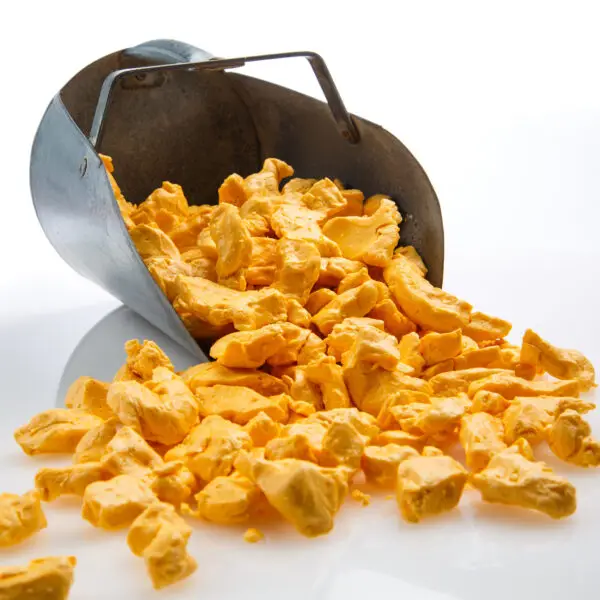
Cheese Curds – Yellow
$5.49 – $9.99 Select options This product has multiple variants. The options may be chosen on the product page
FAQs
What makes Wisconsin cheese unique?
Wisconsin is distinguished by being the only state in the U.S. where a licensed cheesemaker must oversee the production of commercial cheese. Additionally, it is the sole state that offers a master cheesemaker program, which adheres to the stringent criteria of European programs.
Are there any cheeses that originated in Wisconsin?
Yes, Wisconsin cheesemakers have created unique cheeses such as Brick and Colby. By the 1920s, the state was home to over 2,800 cheese factories and was the first to implement a grading system for cheese quality in 1921.
What percentage of Wisconsin’s milk is used for cheese production?
In Wisconsin, 90 percent of the milk produced is transformed into cheese, totaling more than 2.8 billion pounds of cheese annually.
